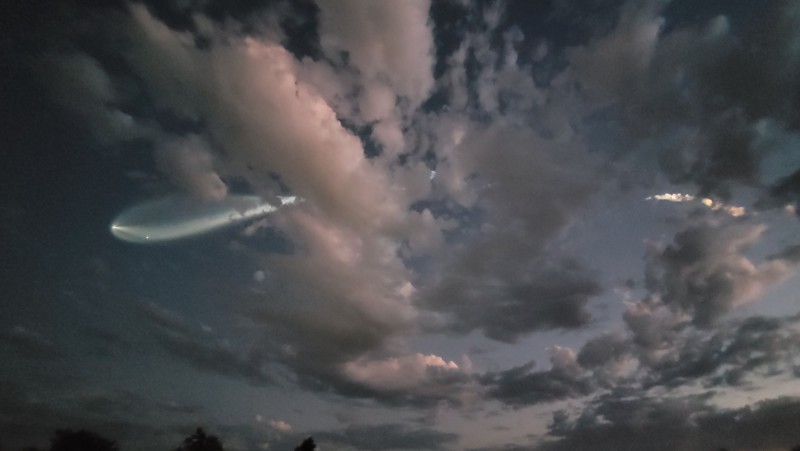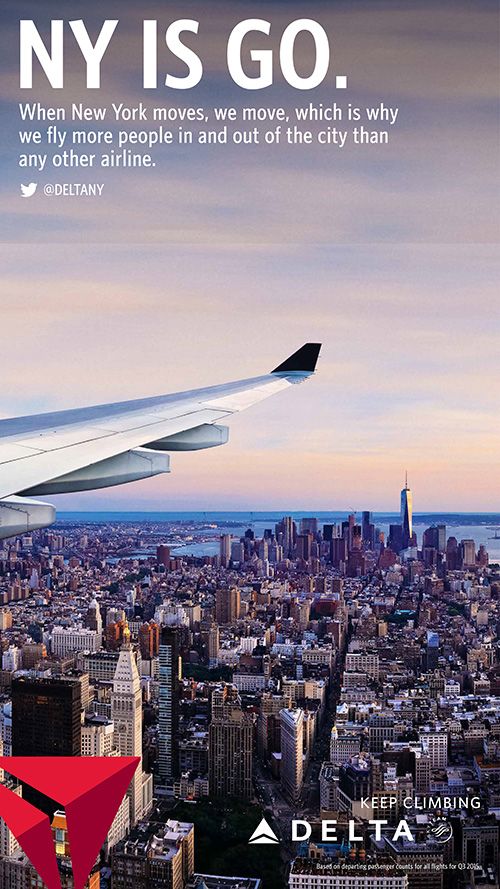Residents of Ventura County are encountering an increasing phenomenon linked to the frequent launches of SpaceX’s Falcon 9 rocket from the Vandenberg Space Force Base: sonic booms. Even though the launch site is located 60-100 miles away, the sound waves produced by these rocket launches can resonate through the coastal communities, sparking noise concerns among local residents.
To address these issues, a team of researchers from Brigham Young University (BYU) and California State University, Bakersfield, has conducted a study measuring sonic booms over a 200-square-mile area. They recorded 132 individual measurements during the summer of 2024 to understand better how these booms affect local populations.
“Although residents may hear a sonic boom up to five times per month, or not at all, our findings indicate that these occurrences are becoming more frequent as the number of launches increases,” said Kent Gee, a physics professor at BYU. “With the growing number of satellite missions requiring trajectories along the California coastline, the impacts on nearby communities are significant.”
In 2024 alone, the Falcon 9 rocket was launched 46 times from Vandenberg, averaging nearly one launch per week. However, not every launch results in an audible sonic boom, and the sound can vary significantly based on several factors, including weather conditions, launch timing, and the rocket’s trajectory.
Makayle Kellison, a BYU graduate student involved in the research, notes that the sonic booms generated during rocket ascents differ from those created by supersonic aircraft. “Rocket ascent sonic booms are lower in frequency and can feel like an earthquake inside homes. The dominant energy of these booms is often below the range of human hearing, causing structures to rattle rather than inflicting pain on eardrums,” she explained.
The team’s findings will be presented on Monday, May 19, at 2:20 p.m. CT during the joint 188th Meeting of the Acoustical Society of America and the 25th International Congress on Acoustics, running from May 18-23. By understanding the physics behind rocket sonic booms, the researchers aim to provide valuable insights to inform operational strategies at the Base and guide policymakers in managing the sustainable growth of the space launch industry.
As Falcon 9 continues to make its mark in the aerospace sector, the implications for surrounding communities remain a significant concern, prompting ongoing dialogue between researchers, government officials, and residents to find solutions that can address noise disturbances while supporting the industry’s advancements.






